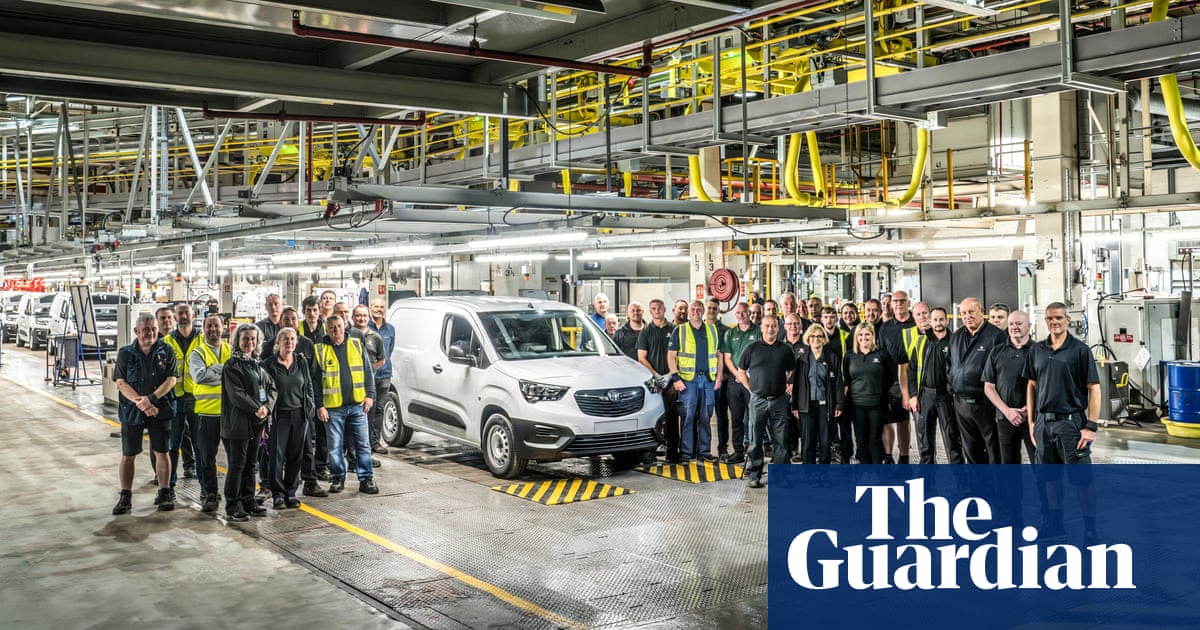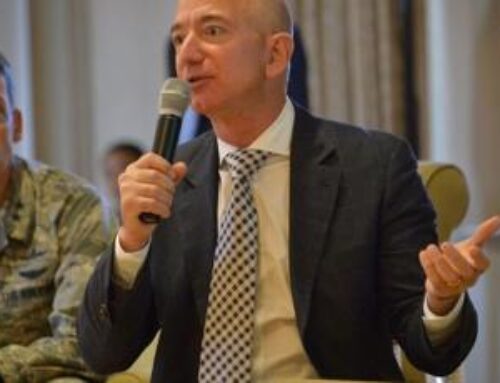Gridlock: why it can take 11 years to connect solar farms to the UK network
November 3, 2024

On the south bank of the Mersey, Britain’s first factory dedicated to manufacturing electric vehicles may one day be powered exclusively by wind and solar farms.
Stellantis, the European carmaker that owns the Ellesmere Port site, has begun work to fit four megawatts (MW) of solar power capacity across 500 sq metres (5,400 sq ft) of its rooftop space, enough to power the equivalent of 8,000 homes.
Those solar panels will help to cut the emissions from the factory, making its Vauxhall, Peugeot and Citroën vehicles even greener. The spare electricity it generates could help to make Britain’s power grid greener too – but not for another decade.
Stellantis is one of many manufacturers to have been told that it faces a lengthy delay to connect its onsite renewable energy to the local power grid, with a connection not likely until 2035.
The delay risks raising the cost of meeting its target to halve its carbon emissions by 2030 and to be net zero globally by 2038. Although it will be able to install solar panels, it will not be able to sell its spare electricity to the power grid without a connection, cutting off a useful stream of revenue that would help to make the investment economic.
Diane Miller, the plant director at Stellantis Ellesmere Port, said: “This delay means that our substantial solar array won’t be able to provide surplus clean energy to the UK grid and we are faced with very substantial additional costs to install storage batteries and other mitigation measures, which could have been invested in implementing even more energy reduction measures.”
This bottleneck in the country’s energy grids risks pulling the plug on Rachel Reeves’s mission to power Britain’s economic renewal, according to some of the UK’s biggest companies.
The chancellor promised this week to “fix the foundations” of Britain’s economy to unlock billions of pounds in private investment – but decades-long delays to connect new housing, factories, warehouses and datacentres to the national power grid threatens to short-circuit this much-needed investment.
Concerns about the logjam were first raised by energy project developers after they were told by Britain’s power system operator that a surge in the number of companies hoping to build new renewable energy projects meant they would need to wait up to 15 years to connect to the grid in some parts of the country.
This grid queue – which keeps growing – has raised fears over the government’s goal to double onshore wind, triple solar power and quadruple offshore wind by 2030.
New energy users have also been asked to wait until well into the 2030s to connect to the power grid. Housing schemes for thousands of new homes face delays of up to four years in some parts of the UK, a situation council leaders have described as an “infrastructure crisis”.
Fintan Slye, the CEO of the UK’s National Energy System Operator (Neso), told the Observer last month that the queue system was developed at a time when only one or two major energy projects a year applied to connect to the grid.
Today, the queue has passed 700 gigawatts of new power projects – 10 times Britain’s current power capacity – and with more projects joining, the wait is heading towards 800GW, Slye said. Many of these are understood to be speculative, un-financed plans, or so-called zombie projects, which stand in the way of viable investments. In some cases, the developers do not even own the land on which they hope to build their renewable power projects. “Today it is first come, first served and that effectively is the problem,” Slye said.
Neso has begun calling on projects that will not be ready to connect to the grid in the next two years to step aside. But deeper reforms are needed to ease the logjam in the power grids.
“These code changes can take quite a long time, and they are quite complicated changes as well,” Slye said. “We are working with code working groups at the moment with a view that early next year our proposals will be with Ofgem.”
The proposals are expected to include allowing projects to “move to the top of the queue by being ready to go”, or fast-tracking certain clean-energy technologies based on how the government chooses to meet its target to create a clean power system by 2030.
after newsletter promotion
But according to David Kipling, the chief executive of On-site Energy, which installs clean energy projects for big manufacturers, there has been little movement in the queue.
“I cannot say I’ve seen any difference. Customers are still experiencing major delays to their plans,” he said. “In some cases we have seen projects move closer by a few years but then at restricted connection capacities.”
The delays are forcing some companies to reassess their clean energy targets, he added. “They’re realising that their targets are unachievable, and some are starting to withdraw from planned schemes.”
This will “undoubtedly” bring a negative impact to the UK’s “pretty aspirational” renewable energy targets, Kipling sad. “How can anyone help achieve these targets without significant grid reform and investment?”
Andrew Pilsworth, the chief of staff at Segro, the FTSE 100 logistics company responsible for developing and renting warehouses to companies including Amazon and Netflix, believes that the connection gridlock is slowing the pace needed to develop new warehousing sites, as well as the decarbonisation of the industry.
This could have a negative impact on UK plc. These sites are considered critical national infrastructure, enabling the movement of goods around the country sustainably and efficiently. The logistics sector is understood to support 2.7m jobs and contributes £232bn every year to the economy. The sites also offer “massive” solar power potential, according to Pilsworth. The over 56m sq metres of warehouse properties across the UK could support up to 15GW of rooftop solar power, according to research by the UK Warehousing Association, or more than 4.5 times the planned output of the Hinkley Point C nuclear plant.
“It varies across different parts of the country,” Pilsworth said. “We’re looking at a site in the West Midlands which is embryonic in terms of its planning, where we’ve been given a connection date of 2038. We haven’t got planning permission yet, but we’re doing our due diligence and the ability to connect to the power grid is a key consideration.”
Segro’s existing warehouses could host vast amounts of solar power capacity via rooftop panels, but the queue for a network connection to export electricity to the grid acts as a disincentive to invest in onsite solar and battery projects.
A Neso spokesperson said: “This is a complex challenge, and it’s important we get it right. We are working with industry, Ofgem and government to move these reforms forward. We have seen extraordinary levels of interest and positive engagement, reflecting the importance of solving this challenge together.”
Search
RECENT PRESS RELEASES
Related Post


